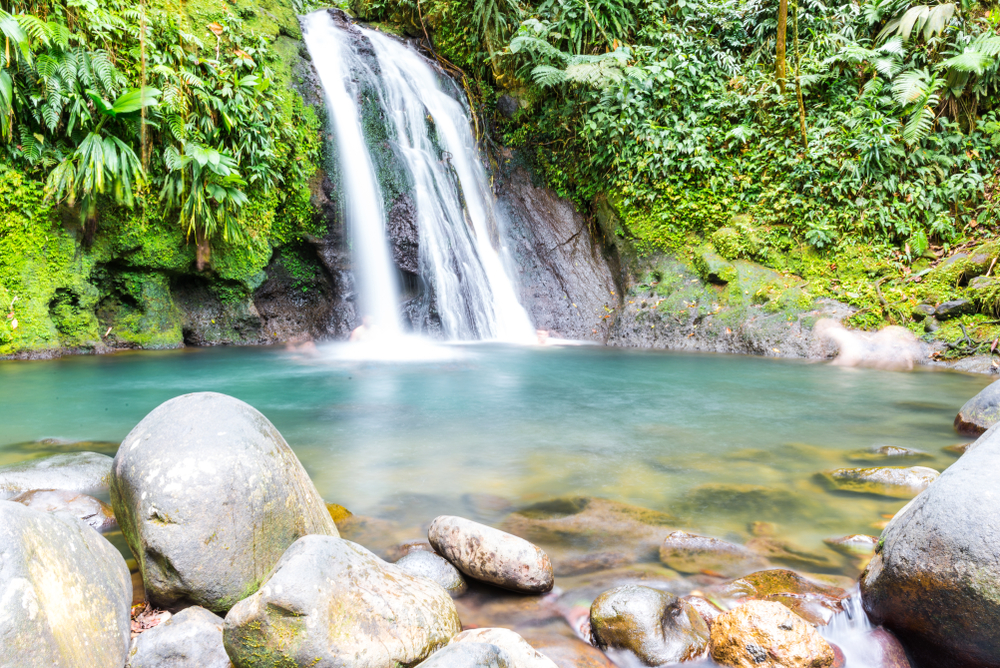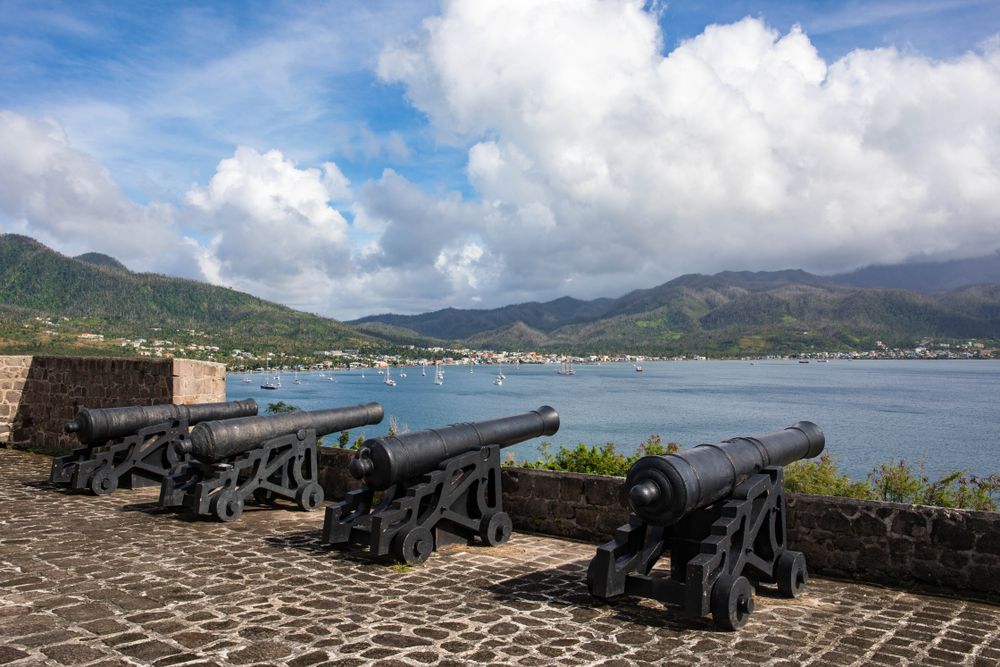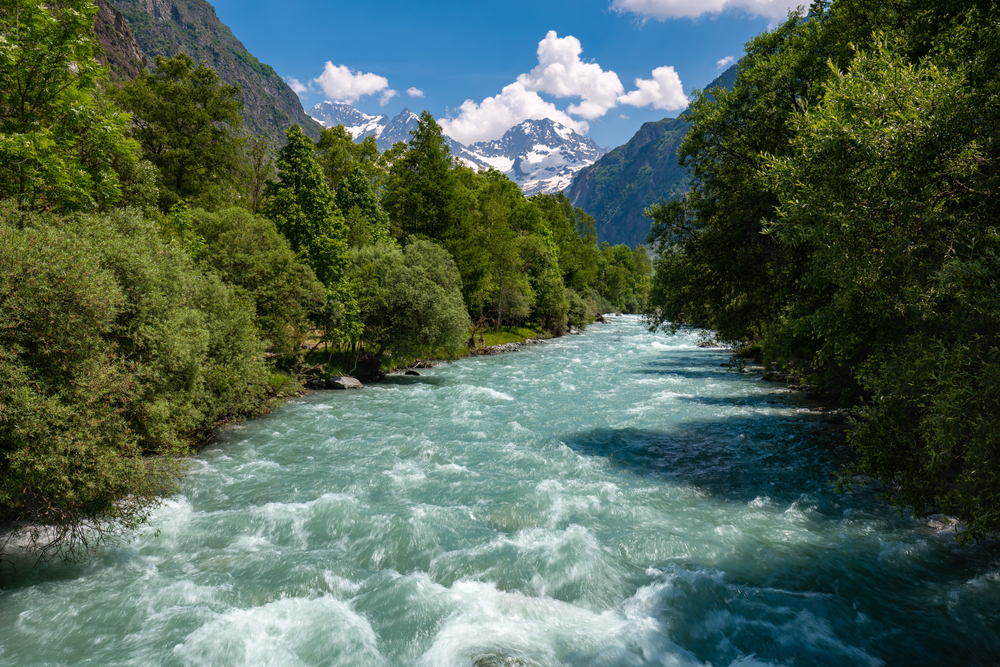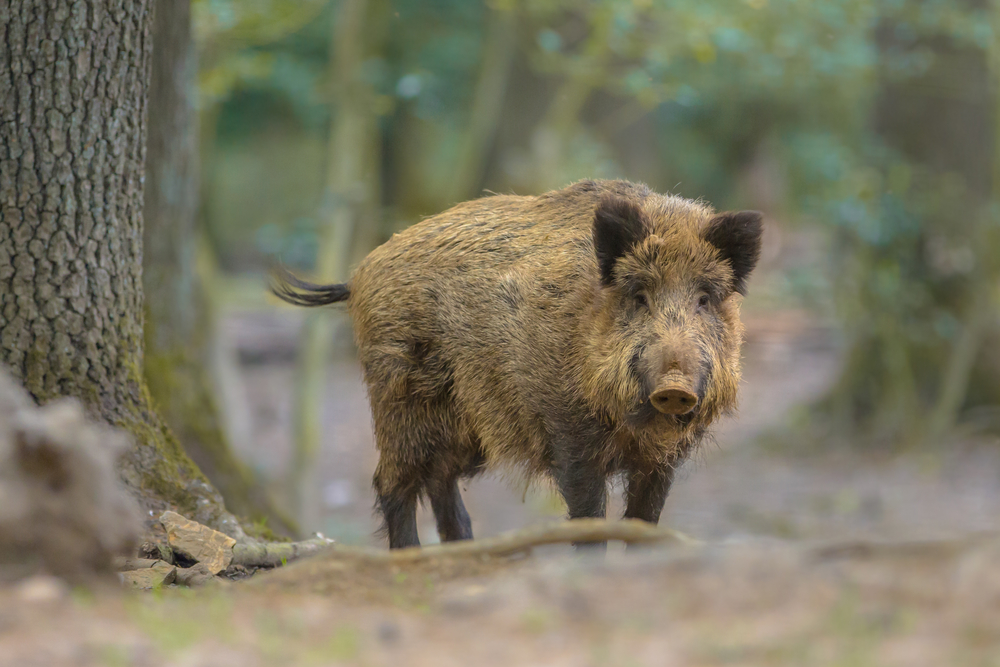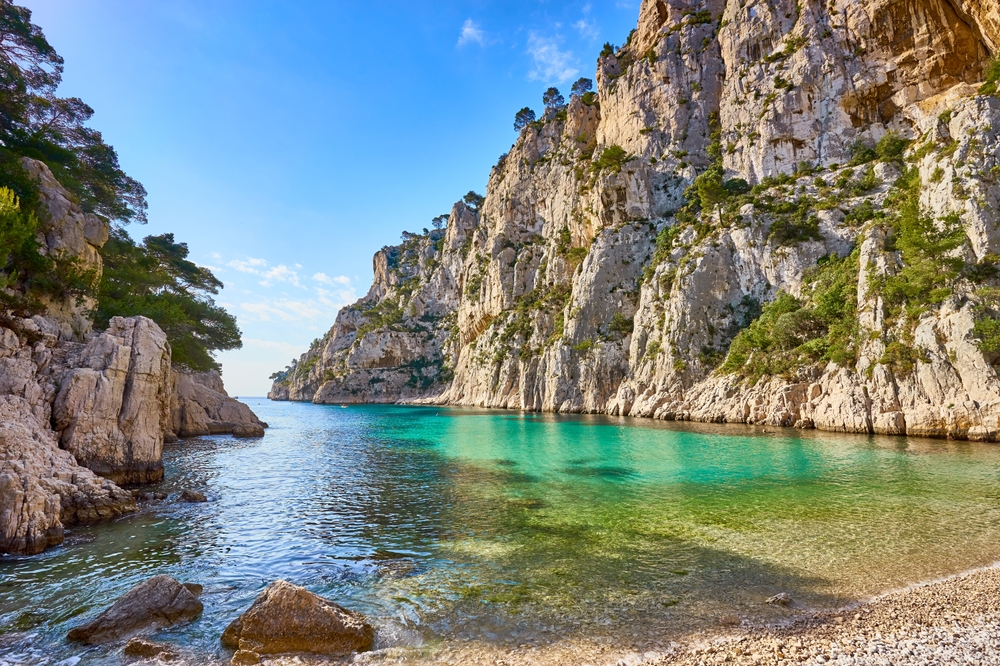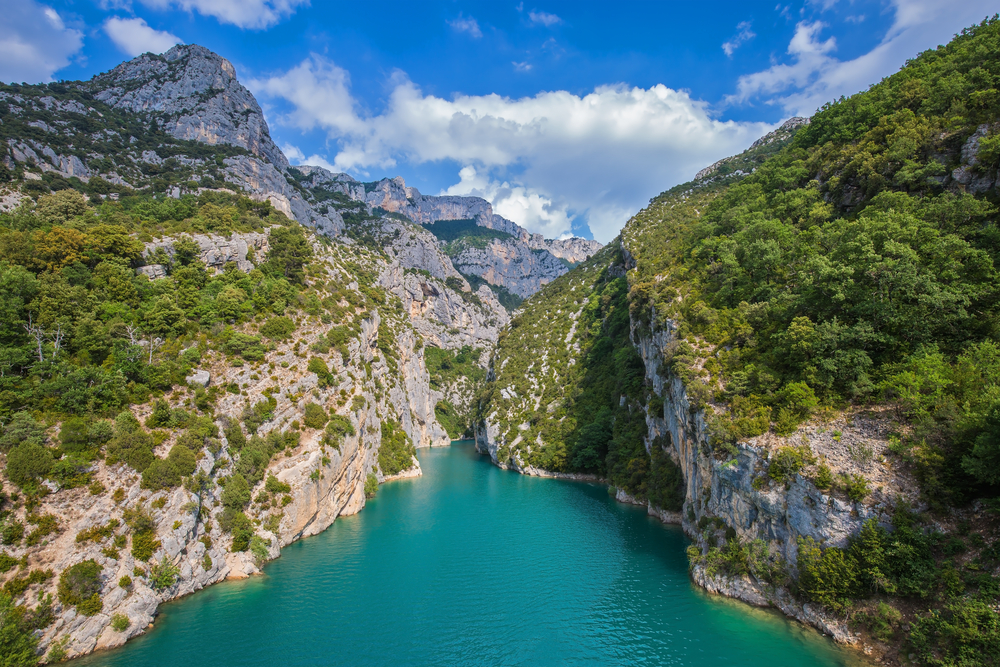Guadeloupe Overview
Guadeloupe National Park, known in French as Parc National de la Guadeloupe, is a protected natural area located in the French Caribbean on the island of Basse-Terre, one of the two main islands of Guadeloupe.
Established in 1989, the park covers approximately 74.1 square miles (192 square kilometers) of diverse ecosystems, making it one of the most important conservation areas in the Caribbean.
The park is renowned for its lush rainforests, towering mountains, and dynamic volcanic landscapes, all shaped by the presence of La Grande Soufrière, an active volcano standing at 4,813 feet (1,467 meters), which is the highest peak in the Lesser Antilles. Visitors to the park can expect to explore deep river valleys, cascading waterfalls such as Chute du Carbet, and dense tropical forests filled with rich biodiversity.
The terrain of Guadeloupe National Park is varied, featuring mist-covered mountains, lush river basins, and dense tropical forests. The park is dominated by La Grande Soufrière, which is known for its steaming fumaroles, hot springs, and challenging hiking trails. The lower elevations are covered in lush rainforests with towering trees such as mahogany and gommier, while ferns and orchids thrive in the humid environment.
Rivers and waterfalls flow throughout the park, creating picturesque and refreshing sites for visitors. Chute du Carbet, a series of three waterfalls, is among the park’s most visited attractions, offering breathtaking views of water plunging down forested cliffs. The park is also home to the Grand Cul-de-Sac Marin, a protected marine area that includes mangroves and coral reefs, providing an essential habitat for various marine species.
Wildlife in Guadeloupe National Park is both diverse and unique, with species that are well adapted to the island’s tropical environment. The park is home to the raccoon-like Guadeloupean raccoon, a subspecies endemic to the island. Other mammals found in the park include the manicou (a type of opossum) and agoutis.
Birdwatchers will find the park particularly rewarding, with more than 100 species recorded, including the strikingly colorful Guadeloupe woodpecker, which is found only on the island. The melodious songs of the Lesser Antillean bullfinch and the sight of hummingbirds darting among flowers add to the rich avian life of the park. Reptiles such as the Lesser Antillean iguana and various species of tree frogs also inhabit the park, making it an excellent location for nature enthusiasts.
Guadeloupe National Park is a popular destination for both adventure seekers and those looking to experience the serenity of nature. Hiking is one of the primary activities, with trails ranging from easy walks to strenuous climbs up La Grande Soufrière. The Sentier de la Maison de la Forêt is a well-known trail that offers a moderate hike through lush tropical vegetation.
River swimming and canyoning are also popular activities, especially in the waterfalls and clear rivers that run through the park. The Grand Cul-de-Sac Marin is ideal for kayaking, snorkeling, and exploring the rich marine biodiversity of the surrounding waters. For those interested in cultural experiences, the park includes several areas with historical significance, including ancient petroglyphs left by the indigenous Kalinago people.
Conservation efforts within the park have been successful in preserving its delicate ecosystems, though challenges such as deforestation, climate change, and the impact of tourism remain. The park’s management works to maintain the ecological integrity of its forests, rivers, and marine habitats through sustainable tourism practices and conservation programs.
The protection of the Guadeloupe woodpecker and efforts to safeguard the Lesser Antillean iguana from invasive species are among the park’s ongoing conservation successes. As a designated UNESCO Biosphere Reserve, Guadeloupe National Park continues to play a vital role in the preservation of Caribbean biodiversity while providing visitors with an unparalleled opportunity to experience the region’s natural beauty.








































































